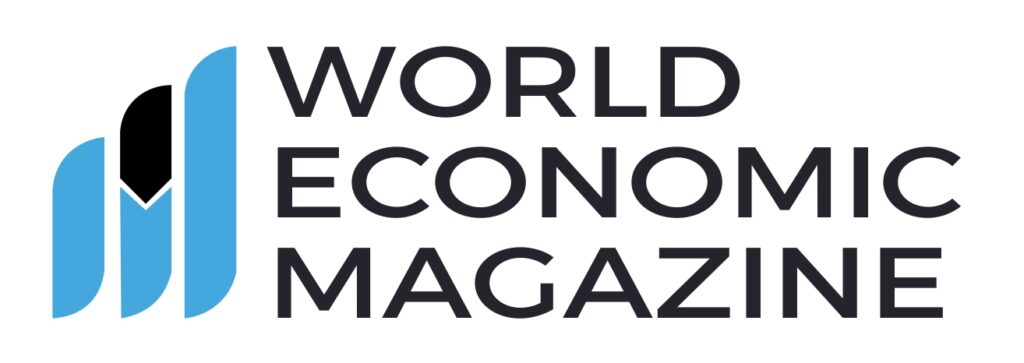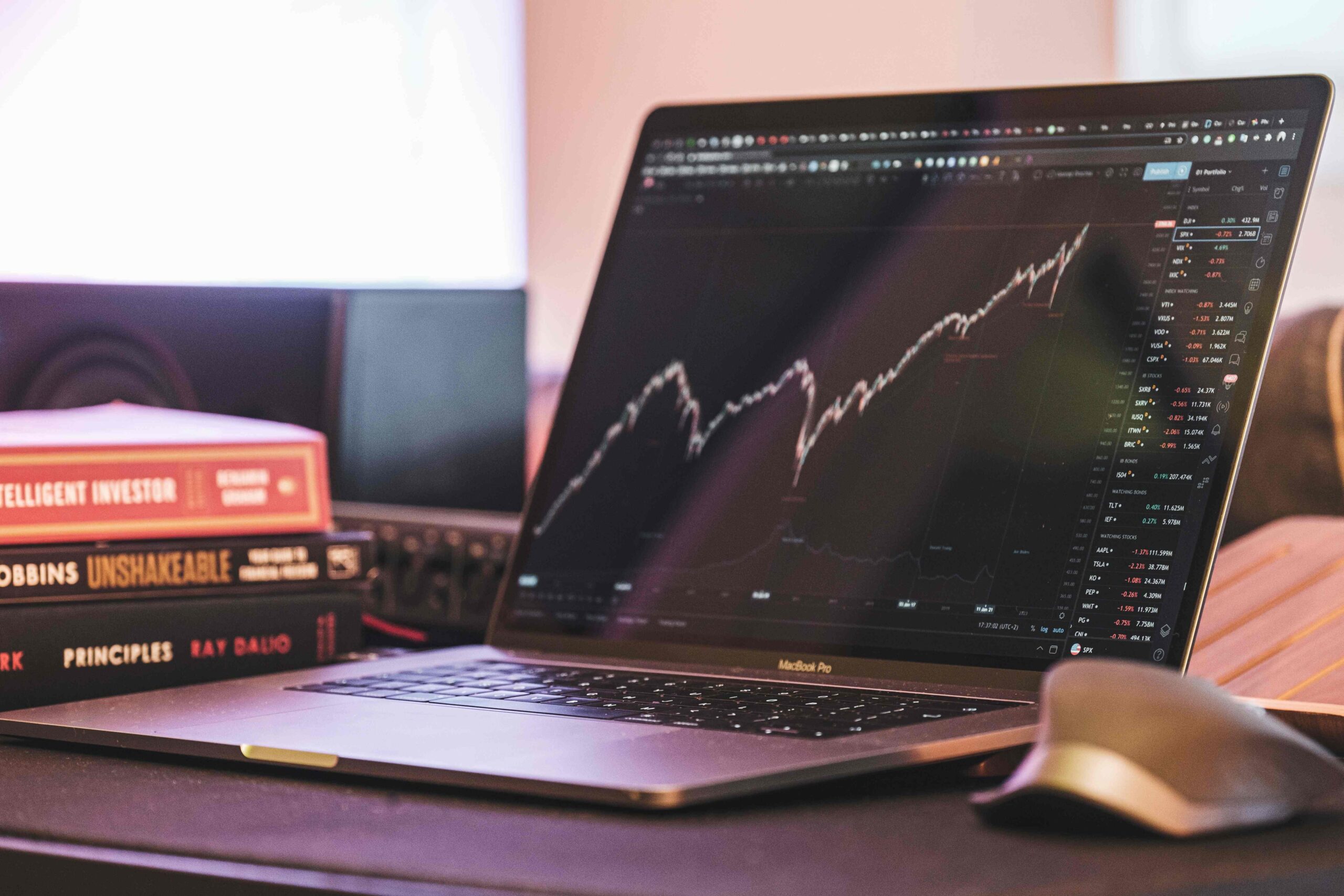
Understanding Secondary Financial Markets in Venture Capital
As venture capital markets evolve, secondary financial markets have emerged as a key strategy for maintaining liquidity and accessing private company shares. Whether in stagnant or booming VC environments, secondary transactions are proving to be a long-term solution for investors seeking flexibility and returns.
Key Insights
- Secondary markets act as “release valves” for liquidity in VC, especially as holding periods lengthen and companies remain private longer.
- They allow investors and employees to realize returns even in a muted IPO market.
- The growth and size of the overall venture ecosystem point to a strong future for secondary transactions.
What Are Secondary Financial Markets?
Secondary markets involve buying and selling securities—stocks, bonds, or other instruments—after their initial issuance. In VC:
- Primary shares are issued during funding rounds such as Series A or B.
- Secondary shares are purchased from existing investors, not directly from the company.
Secondary transactions—like tender offers and direct secondary sales—offer liquidity to shareholders while navigating SEC regulations, company policies, and transparency issues.
Evolution of Secondary Markets
The Q3 2024 Analyst Note, Exit Alternatives for US VC, highlights that public listings for US VC-backed companies are at their lowest since 2016: only 37 IPOs in H1 2024 generated $28.4 billion.
“Secondaries have evolved since the highs of the pandemic era when the market was used to gain access to oversubscribed rounds.”
—Emily Zheng, Senior Analyst, PitchBook
With IPOs less frequent, VC firms increasingly use secondaries to generate liquidity. StepStone’s $3.3 billion raise for the largest venture secondary fund exemplifies investor demand. Four of the ten highest-valued U.S. startups plan tender offers in early 2025, showing active participation in this growing market.
Types of VC Secondary Transactions
Secondary transactions involve employees, early investors, LPs, and GPs. Key transaction types include:
1. Tender Offers
- Initiated by the company, allowing stakeholders to sell shares at a predetermined price.
- Platforms like Zanbato facilitate these transactions.
- SEC-mandated 20-business-day review period applies.
- Participation may be limited to stock options, excluding RSUs.
2. Direct Secondary Purchases
- Investors or funds purchase shares directly from shareholders.
- Company approval is required, but they are not direct sellers.
- Buyers include secondary funds, institutional investors, family offices, or HNWIs.
3. Secondary Exchanges
- Platforms like Forge and Zanbato match buyers and sellers.
- Provide liquidity for private company shares not listed on public exchanges.
Role of Right of First Refusal (ROFR)
- ROFR allows current investors to match third-party offers before shares are sold.
- Protects existing stakeholders but may complicate transactions if declined.
- Ensures alignment with company valuation and investor expectations.
Advantages of Secondary Markets
- Liquidity: Shareholders can cash out without a full exit.
- Reduced volatility: Helps prevent early trading frenzies after IPOs.
- Investor access: Provides opportunities to invest in high-growth companies otherwise unavailable in primary markets.
- Ownership redistribution: Aligns interests by allowing early investors to exit and bringing in long-term investors or crossover investors.
Challenges of Direct Secondary Markets
- Transparency: Limited visibility into opportunities.
- Regulatory complexity: Legal restrictions and shareholder agreements complicate deals.
- Illiquidity and volatility: Unique risks exist for each company’s shares.
- Market fragmentation: Lack of a centralized exchange slows efficiency.
“Company policies around secondaries are not standardized, leaving room for growth once contracts become more transparent.”
—Emily Zheng
Evergreen funds increasingly include secondary transactions, providing flexibility for investors to enter and exit positions over time.
The Future of Secondary Markets
- Growth in VC-backed companies remaining private suggests secondary transactions will remain important.
- Uptake depends on the exit environment: in weak IPO periods, secondaries provide crucial liquidity.
- Specialized secondary funds will continue to support market expansion, preparing for a robust backlog when IPOs recover.






